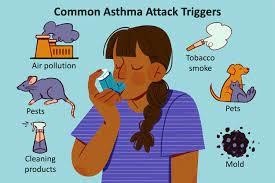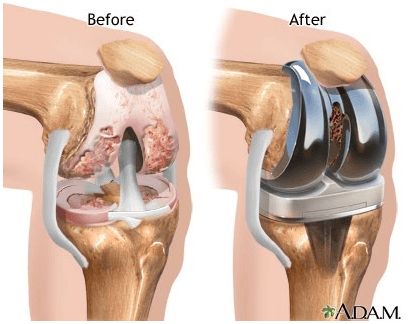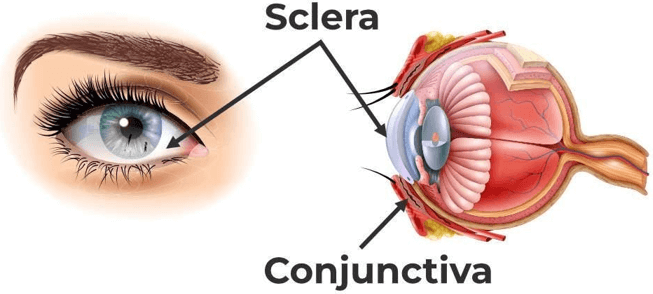Find patient data below.
What actions should the nurse plan for the rest of the shift? Select all that apply.
Monitor the oxygen saturation
Discuss aggressive respiratory treatment options
Obtain a sputum culture
Allow the client to take a position of comfort
Discuss with the client potential asthma triggers
Consider positive pressure ventilation
Wean the supplemental oxygen
Prepare for deep tracheal suctioning
Correct Answer : A,D,E
A) Correct- Continuous monitoring of oxygen saturation ensures the client's oxygen levels remain within an acceptable range.
B) Incorrect - Discussing aggressive respiratory treatment options is not warranted based on the provided information. The current treatment plan includes appropriate interventions.
C) Incorrect - Obtaining a sputum culture is important for identifying infections, but it's not an immediate action in the context of the client's current symptoms.
D) Correct- Promoting comfort can help reduce anxiety and potentially improve breathing.
E) Correct- Educating the client about potential triggers supports better self-management.
F) Incorrect - Considering positive pressure ventilation is not indicated at this stage. The client's symptoms are being managed with other interventions.
G) Incorrect - Weaning supplemental oxygen is not mentioned in the patient data or nurses' notes as something that's currently necessary.
H) Incorrect - Preparing for deep tracheal suctioning is not warranted based on the patient data and the current treatment plan.

Nursing Test Bank
Naxlex Comprehensive Predictor Exams
Related Questions
Correct Answer is B
Explanation
This is the observation that indicates that the UAPs need additional information about the turning procedure because it is incorrect and may cause complications for the client. The client who had a hip arthroplasty with prosthesis placement should not keep both legs straight and together while turning because this may cause dislocation of the prosthesis, nerve damage, or bleeding. The client should keep the affected leg slightly abducted and supported with pillows or an abduction device.

Correct Answer is D
Explanation
This is the best site for the PN to observe because it allows for the detection of changes in color, such as pallor, cyanosis, or jaundice, that may not be visible on the skin surface. The sclera and mucous membranes are less pigmented than the skin and reflect the underlying blood flow and oxygenation.

Whether you are a student looking to ace your exams or a practicing nurse seeking to enhance your expertise , our nursing education contents will empower you with the confidence and competence to make a difference in the lives of patients and become a respected leader in the healthcare field.
Visit Naxlex, invest in your future and unlock endless possibilities with our unparalleled nursing education contents today
Report Wrong Answer on the Current Question
Do you disagree with the answer? If yes, what is your expected answer? Explain.
Kindly be descriptive with the issue you are facing.
